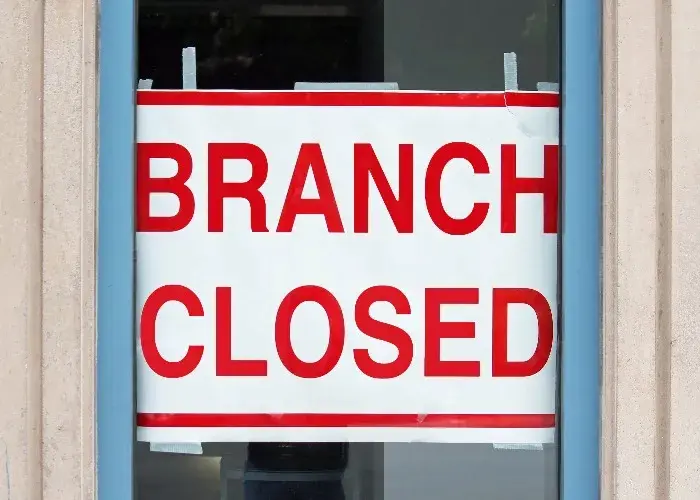
Banking deserts are regions or areas with inadequate access to banking services, and are defined by the U.S. census as a tract of land with no bank branches in the tract or within 10 miles of its center. Banking deserts in the US can be classified in multiple ways, such as “majority-minority” (more than 50% of residents are African American or Hispanic), or “lower income” (median household incomes are lower than $49,626 in urban areas inside a metropolitan statistical area (MSA) or lower than $46,095 in rural areas). Banking branches may not exist in these regions for a variety of reasons: closure of underperforming bank branches, bank failures, population losses, and shift to digital banking services, to name a few.
As per the Federal Reserve Bank of New York there are 1,214 banking deserts in the US, the majority of which are located in sparsely, rural populated areas. The majority of banking deserts in the U.S. are located in rural areas, with less than 25% located in Metropolitan Statistical Areas (MSAs). Geographically, existing deserts tend to be concentrated in Southern and Western states, and potential deserts, on the other hand, are more likely to arise in many Midwestern states.
The aftermath of the 2008 financial crisis resulted in many banks closing: between 2008 and 2016, 6,008 bank branches were closed, resulting in the creation of 86 new banking deserts in rural areas. These banking deserts disproportionately affected minorities, with 25% of all closures occurring in majority-minority census tracts. Per a report published by the National Community Reinvestment Coalition, 9% of all bank branch locations closed between 2017 and 2021 – 7,400 branch closings, of which one-third were in low-to-moderate income and minority neighborhoods. During the brunt of the COVID-19 pandemic (between March 2020 and October 2021) alone, more than 4,000 bank branches closed, twice the number of closures that occurred in the 20 months preceding March 2020. Overall, we are seeing the number of bank branches decline steadily, with not many indications of a reversal.
Many people living in banking deserts have to rely on alternative financial services due to limited access to a distant brick and mortar bank branch. This keeps them financially excluded from the traditional financial system. In addition to the approximately 5% of the U.S. population, or 7.1 million households, who are unbanked (FDIC), another 13% of adults in the U.S. are underbanked – although they have a bank account, they also use alternative financial services, such as payday loans and check-cashing services, many of whom live in banking deserts (Federal Reserve).
FinTechs have the potential to alleviate many of these challenges, by increasing accessibility of digital financial services in hard-to-reach areas, including banking deserts. Per the World Bank, FinTechs have played a significant role in 1.1 billion previously unbanked adults gaining access to financial services in the last decade. Online and mobile banking is becoming more of a reality, and is helping alleviate the need for physical bank branches and minimize the effects of banking deserts.
Digital financial services and FinTechs could be a potential solution to bank deserts, but nonetheless, would still require digital and financial literacy. In a banking desert with limited exposure to financial services and the banking system, it is difficult for many to understand basic financial concepts, such as budgeting, savings, and credit building. Fundamentally, financial education and literacy is still the key to their financial inclusion, and it is important that we vouch for expanded literacy, in addition to other potential solutions like FinTechs, to solve the growing banking desert crisis.
 Raj Mehta – Financial Education Instructor
Raj Mehta – Financial Education Instructor

